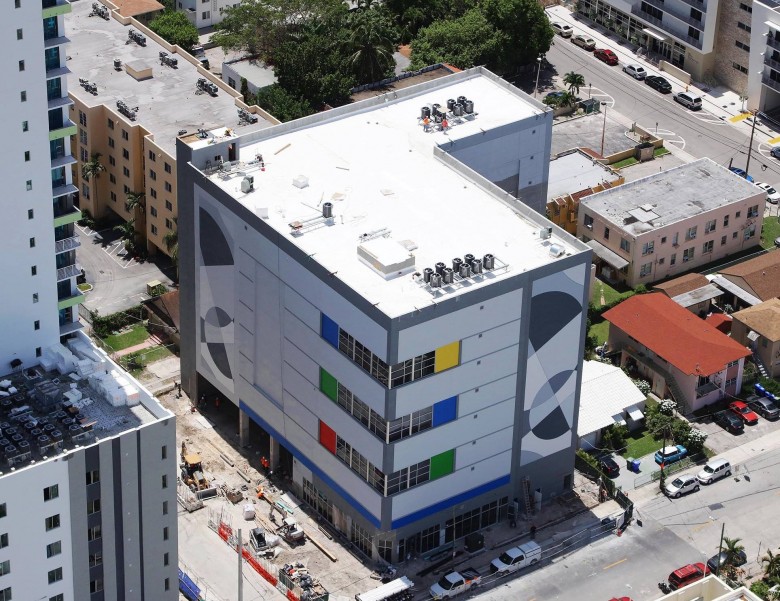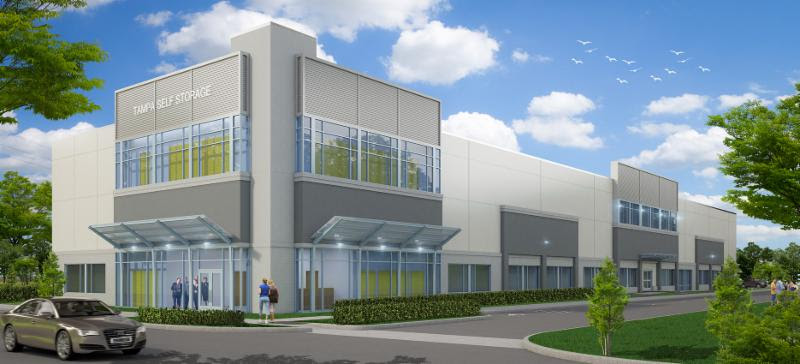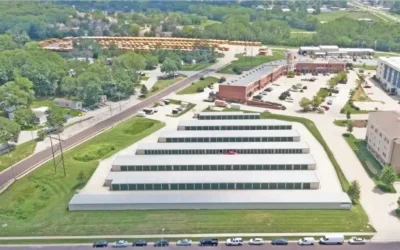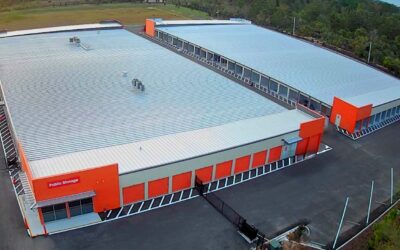Some parts of Florida, especially in the Miami area, seem to have hit the breaking point when it comes to the construction of new self-storage facilities.
Earlier this month, the city of Margate, in Broward County just north of Miami, approved an outright ban on the building of new self-storage facilities, following a nearly year-long construction moratorium that was imposed after the city was hit with a number of “special exceptions” applications from self-storage developers.
“We have nine (self-storage facilities) in nine square miles,” Margate Vice Mayor Arlene Schwartz, told the South Florida Sun-Sentinel. “I think we have enough.”
Increasing resistance
Florida developers say the ban approved by Margate, with a population of about 53,300 people, is just the latest move by a Florida community to crack down on new self-storage facilities, amid complaints about their aesthetic appearances, lack of permanent jobs and other alleged drawbacks that industry officials have vehemently disputed in the past.
Though outright bans are rare, Scott Kelly, past president of the Florida Self-Storage Association and director of operations at StoreRight Self Storage in Lakeland, Florida, said he’s indeed hearing more complaints about self-storage facilities – and talk of construction moratoriums and zoning restrictions.
The reason: Many believe that Florida, particularly in the Miami area, has seen an absolute boom in self-storage construction in recent years – a trend some communities now appear to be rebelling against, industry officials say.
“We’re seeing more restrictions, definitely,” said Jay Massirman, managing partner and co-founder of MCSS Development, a Florida self-storage development firm that’s recently built three facilities in Florida and plans to open six more later this year. “It’s not as easy to get [approvals]. It’s a challenge, though it can be done.”
Measuring future demand
To be clear: As of today, post-Hurricane Irma, many in Florida are thankful for the state’s abundance of self-storage facilities, which often see a surge in business after a major storm and as people seek to store belongings while their homes and businesses are repaired.
Both Kelly and Massirman report there’s indeed been an uptick in business since Irma hit Florida earlier this month, but they and others say storm damage was lighter than expected and demand for self-storage seems to be calming down.
So now it’s back to the pre-Irma debate over the number of self-storage facilities in Florida – or, more accurately, in certain submarkets of Florida.
Miami flooded with facilities?
Anne Hawkins, executive vice president of STR, a Nashville data analytics and research firm, says there’s no doubt that the Miami area has seen its share of new self-storage construction.
There are currently 114 projects either underway or on the drawing boards in a Miami-area market that already has 450 facilities, she noted. That existing number translates to about 5.5 square feet of self-storage space per capita, considered a below-average square-foot rate for self-storage facilities.
Still, Miami officials have bucked at the recent fast pace of construction and are now requiring developers to make a number of changes to proposed projects, such as including more ground-floor retail space and designing more attractive facility exteriors, observers say.
James de Gorter, co-founder of Union RealTime LLC, a New York data analytics and research firm, has slightly different development numbers for the Miami area, compared to those provided by STR. Still, by his count, if every proposed self-storage facility in the Miami area is eventually built, that would lead to an overall 18 percent increase in storage space in the region.
Statewide development surge
The surge in supply is happening in other parts of Florida, as well, such as a projected 15 increase in self-storage space in both Orlando and Tampa over the next 18 months, de Gorter said. Jacksonvile’s projected growth is more modest at about 7 percent, with 10 new facilities either under construction or in the development pipeline.
For now, self-storage prices in Orlando and Tampa remain strong, up year-over year by 4.1 percent and 5.3 percent, respectively, de Gorter said. But Miami’s prices have been falling for a few years now, decreasing by 1.4 percent just in the past year, suggesting that Miami is indeed oversupplied with facilities, he said.
Indeed, SpareFoot pricing data shows a similar trend, with the average price per square foot in Miami hitting its peak in 2015.
STR’s Hawkins said developers, moving forward, may be more cautious about where they build self-storage facilities, both in Florida and other parts of the country. But she said that she doesn’t see construction grinding to a halt anytime soon.
“As long as developers have money, they’ll keep building,” she said. “I think 2018 is going to be more active than 2017.”









